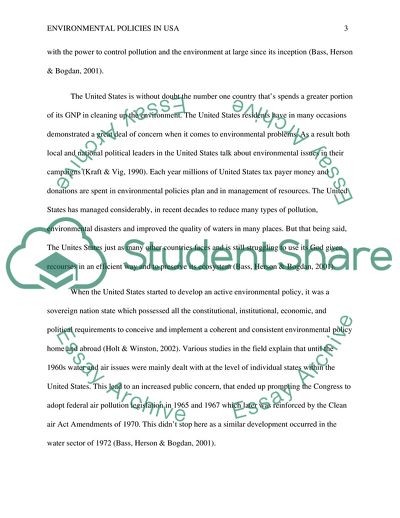Cite this document
(The Effectiveness of Environmental Policies in the United States Term Paper - 1, n.d.)
The Effectiveness of Environmental Policies in the United States Term Paper - 1. https://studentshare.org/environmental-studies/1800028-environmental-policies-in-usa
The Effectiveness of Environmental Policies in the United States Term Paper - 1. https://studentshare.org/environmental-studies/1800028-environmental-policies-in-usa
(The Effectiveness of Environmental Policies in the United States Term Paper - 1)
The Effectiveness of Environmental Policies in the United States Term Paper - 1. https://studentshare.org/environmental-studies/1800028-environmental-policies-in-usa.
The Effectiveness of Environmental Policies in the United States Term Paper - 1. https://studentshare.org/environmental-studies/1800028-environmental-policies-in-usa.
“The Effectiveness of Environmental Policies in the United States Term Paper - 1”. https://studentshare.org/environmental-studies/1800028-environmental-policies-in-usa.


